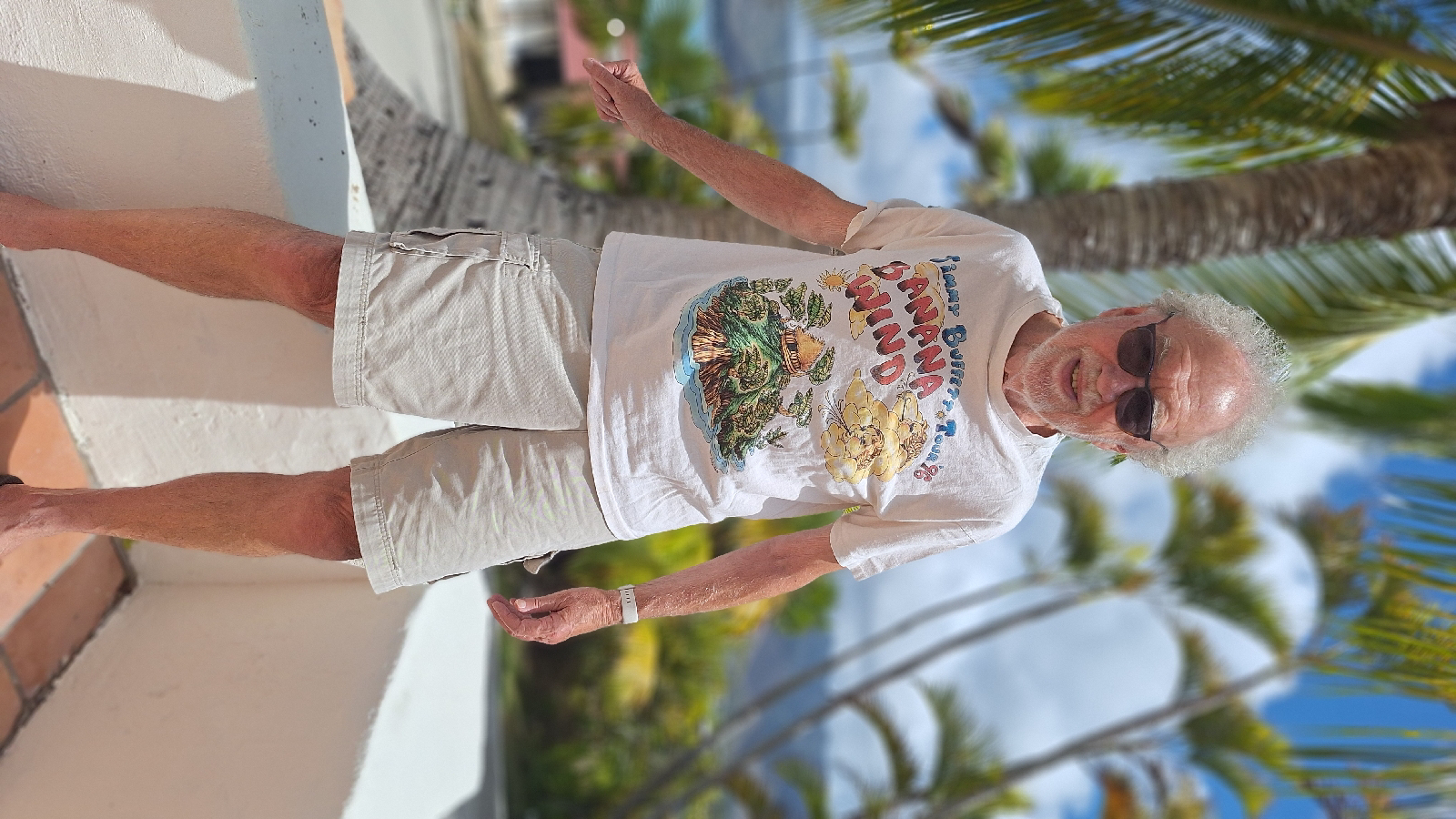
A report of a possible £300m cut in the budget of DEFRA (http://www.guardian.co.uk/environment/2007/nov/17/climatechange.carbonemissions1) seems especially badly timed as the UN Intergovernmental Panel on Climate Change is about the emphasize the urgent need to cut down on all forms of carbon emission. The cuts will have negative effects on areas as diverse as "canals, animal health, waste groups, national parks, forestry, fisheries, sustainable development and environmental protection." There will be new money (in 3 year's time) for flood protection following the floods in Yorkshire and Gloucestershire but this seems more like treating a (local) symptom rather than the cause. It looks as if Natural England will be particularly badly affected with a reduction of about one third in its budget to pay for new conservation work and a requirement to pay back the £12m it cost to set up. Quite apart from the carbon emissions theme, the sudden spate of diseases in agricultural animals (generally linked eventually to human rather than wild animal interventions) suggest that we actually need to spend more across the whole range of DEFRA activities. The trouble is that cuts in these areas are often politically attractive as, if you are lucky, their consequences are relatively long-term. A particular worry is that the drive to produce redundancies may remove valuable areas of expertise that will be difficult to replace.




+leaves+Swansea+Botanical+Gardens.jpg)
+take+off+Swansea+Botanical+Gardens.jpg)
+lateral+Swansea+Botanical+Gardens.jpg)




+Llanelli.jpg)
+Llanelli.jpg)




+top.jpg)
+NWCW.jpg)

+NWCW.jpg)






